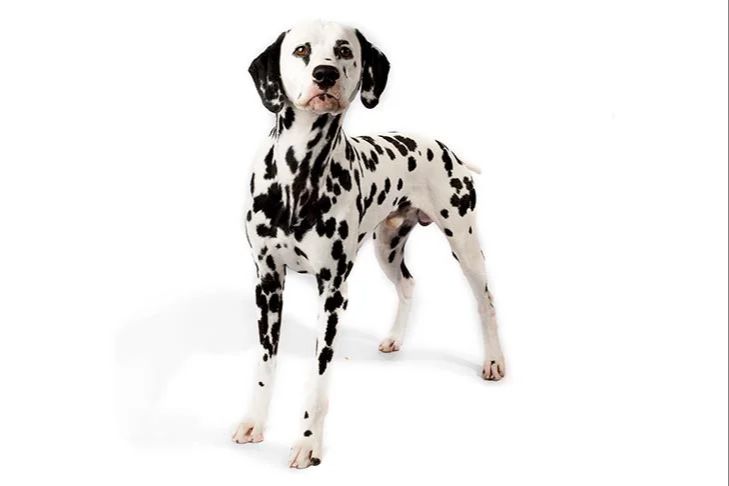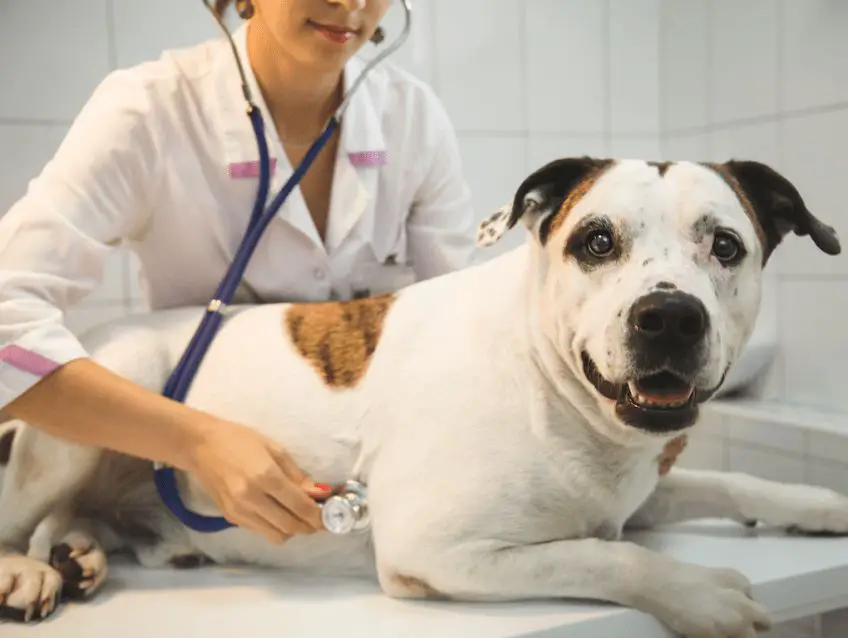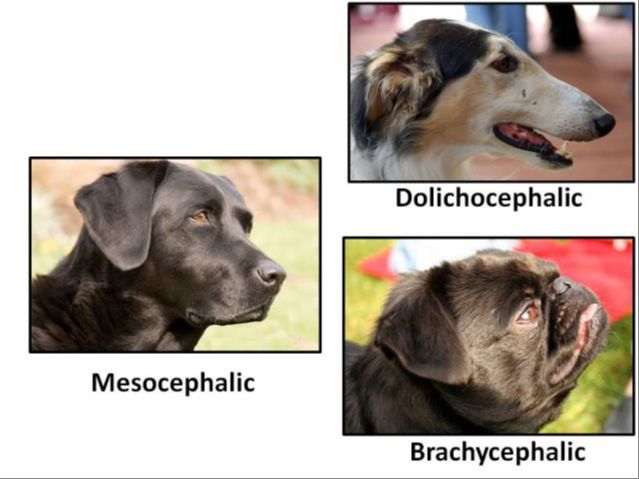Introduction
Determining your dog’s breed can provide helpful insight for pet owners. Your dog’s breed background influences many factors that impact their health, behavior, temperament, and nutritional needs. Identifying breed traits allows you to better understand your dog’s characteristics and meet their specific care requirements. For example, some breeds are prone to certain genetic conditions while others need ample exercise. Knowing your dog’s origins also helps you research what to expect as they grow and age. Plus, it can simply satisfy curiosity about your dog’s ancestry. With mixed breeds, pinpointing the various breeds in your dog’s family tree explains their diverse physical and personality attributes. Overall, determining your dog’s breed provides useful information to help you be the best pet parent possible.
Look at Physical Characteristics
One of the easiest ways to get an idea of what breed your dog might be is to analyze their physical features and characteristics. Look at traits like:
- Size – Is your dog very small, small, medium, large, or giant? This can help narrow it down to toy breeds, medium-sized breeds, large working breeds, etc.
- Coat – Does your dog have a short, smooth coat or a long, fluffy double coat? What about curly hair or wire hair? Coat type points to breeds like Yorkies, Golden Retrievers, Poodles, etc.
- Ears – Are the ears floppy, cropped, or pointed? Ear shape can indicate breeds like Beagles, Dobermans, or German Shepherds.
- Tail – Is the tail long, short, curly, straight, or bobbed? Tails can hint at breeds like Pugs, Greyhounds, Pomeranians, etc.
- Markings – Does your dog have spots, patches of color, merle markings, or other distinctive patterns? These may suggest Dalmatians, Australian Shepherds, Catahoula Leopard Dogs, etc.
Making notes about these physical traits and comparing them to known breed standards can start narrowing down what breed your dog might be. Just be aware that mixed breed dogs can show a combination of traits!
Research Your Dog’s History

If your dog did not come from a breeder, researching your dog’s background can provide clues about its breed. Check your adoption papers or speak with the shelter or rescue group you got your dog from to find out anything known about its parents or origins. If you obtained your dog from a breeder, they should be able to provide you with detailed pedigree papers showing your dog’s lineage.
Veterinary records may also contain hints about your dog’s breed, especially if the vet documented characteristics like size, weight, coat type, etc. Your vet may have even made a guess about your dog’s breed in past appointments. Reach out to all previous veterinary offices your dog visited to inquire about any breed information documented in their file.
Talk to family or friends that previously owned your dog as well. They may have details on where your dog came from before you took ownership. The more historical information you can gather from past owners, the better chance you have of piecing together your dog’s ancestry and possible breed makeup.
DNA Breed Identification Tests
DNA breed identification tests are one of the most accurate ways to determine the breeds in your mixed breed dog. Companies like Wisdom Panel and Embark offer dog DNA test kits that you can order online and administer at home.
The kits include swabs that you use to collect a saliva sample from the inside of your dog’s cheek. You then activate the included prepaid mailer to send the sample to the company’s lab for analysis.
The lab tests your dog’s DNA against a database of breed-specific genetic markers. Within 2-3 weeks you’ll receive a full report identifying the breeds in your dog’s ancestry going back several generations. Many tests also screen for genetic health conditions and traits.
Wisdom Panel offers kits ranging from $99-$150 to test for between 200-350 breeds. Embark’s Breed ID Kit is $129 and detects 250 breeds and types. These are two of the most trusted and recommended dog DNA tests on the market.
Using a dog DNA test is the most accurate way to pinpoint your mixed breed’s ancestry and gain insights into their traits and health. The genetic analysis provides a level of accuracy you can’t achieve through just physical observation and research.
Consult Your Veterinarian

One of the best ways to get an accurate assessment of your dog’s breed is to consult your veterinarian. Vets have extensive medical knowledge about dog anatomy, physiology, and the traits and health conditions associated with various breeds.
During your dog’s regular checkups and medical exams, your vet will be able to examine your dog closely. They can look for physical signs, characteristics, and health conditions that may point to a particular breed. This hands-on breed analysis is something your vet can uniquely provide.
Some distinguishing traits vets look for include the shape of the head, muzzle, ears, eyes, tail, and coat. Your vet can also examine things like your dog’s teeth, skin, paws, and overall musculature. All these factors provide clues about your dog’s likely breed ancestry.
Your vet will also consider your dog’s size, such as height, weight, and proportions, which gives insight into potential breeds. Beyond physical attributes, your vet can look for breed-specific health conditions revealed in bloodwork, urinalysis or other tests.
During the appointment, be sure to provide your vet with any background information you have about where and when you acquired your dog. This context will further aid your vet in determining the likelihood of certain breeds.
With their medical training and hands-on examination, your vet can provide professional guidance on pinpointing your beloved dog’s breed. Their expertise will give you the answers you’re looking for.
Research Breed Characteristics

Suggest researching breeds your dog might be and comparing traits. Look at characteristics like energy level, trainability, grooming needs, exercise requirements, and typical temperament. Compare those to your dog’s personality and lifestyle to see what breeds seem like a good match. For example, if your dog has high energy and loves to run and play, look at working or sporting breeds. If your dog is very calm and docile, hounds or companion breeds may be a better fit. Pay attention to your dog’s barking tendencies, prey drive, independence, cuddliness, and other behavioral traits when researching breeds as well. The more similarities you find between your dog and a particular breed’s typical characteristics, the more likely that may be the predominant breed makeup.
Look at Coat Colors
Certain breeds have distinctive coat colors and patterns. Looking at your dog’s coat color can give clues about its breed background. For example, breeds like Bernese Mountain Dogs, Australian Shepherds, and Collies often have signature tri-color coats in black, white, and brown. Dalmatians are known for their spotted coats, while poodles have a single coat color like black, white, brown or apricot. Some breeds like German Shepherds and Rottweilers have typical tan and black saddle patterns. Look up coat colors and patterns associated with breeds you suspect your dog may be. This can help confirm or rule out breed guesses based on physical features alone.
Consider Size
One of the easiest ways to get clues about your dog’s breed is to look at its size as an adult. Certain breeds are known for being very large or very small, which can help you narrow down the possibilities. For example, if your dog weighs 8-10 pounds full grown, it’s likely a toy breed like a Chihuahua, Yorkie, or Papillon. If it’s over 100 pounds, it could be a giant breed like a Great Dane, Mastiff, or Saint Bernard.
Likewise, medium-sized dogs around 40-60 pounds may indicate popular breeds like Labrador Retrievers, Bulldogs, or Beagles. Take note if your dog falls on the extremes for its breed standard. An undersized Labrador is more likely a Lab mix, while an oversized Chihuahua may have some Terrier ancestry. A dog’s size and proportions can reveal a lot about its genetic makeup if you know what to look for.
Study Head and Facial Shape
Your dog’s skull shape, muzzle length, ears and other facial features can provide good clues about its breed background. Here are some examples of what to look for:
- Skull Shape – Brachycephalic (smushed-face) skulls like Pugs and Bulldogs vs longer dolichocephalic (narrow) skulls common in sighthounds like Greyhounds.
- Muzzle Length – Short or stubby muzzles like Boxers vs longer narrow muzzles on Collies.
- Ears – Floppy spaniel-like ears vs upright prick ears of German Shepherds.

Looking at old breed standards and comparing photos of purebreds to your mixed breed dog can help you spot distinct facial features of certain breeds. A dog with a long narrow head, medium muzzle and one floppy ear likely has some hound in its ancestry for example. Examining head and facial traits takes some research but can give useful breed clues.
Conclusion
When trying to determine your dog’s breed, there are several methods you can try to make your best guess. Looking at your dog’s physical characteristics like their coat, size, head shape and facial structure can provide clues about their likely breed mix. Researching your dog’s history, such as where they came from, can also help piece together their ancestry. DNA breed identification tests are the most accurate way to pinpoint your dog’s genetic makeup and confirm their breeds. Consulting an experienced veterinarian is another good option, as they may be able to examine your dog and identify features characteristic of certain breeds. While mixed breed dogs can inherit a unique combination of traits from multiple breeds, careful research into breed characteristics and your dog’s attributes can help provide useful insight into your pup’s genetic background. Just remember there are limitations to visual identification and the best we can do is make an educated guess.